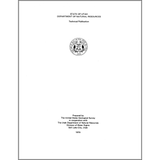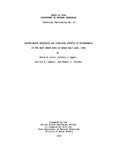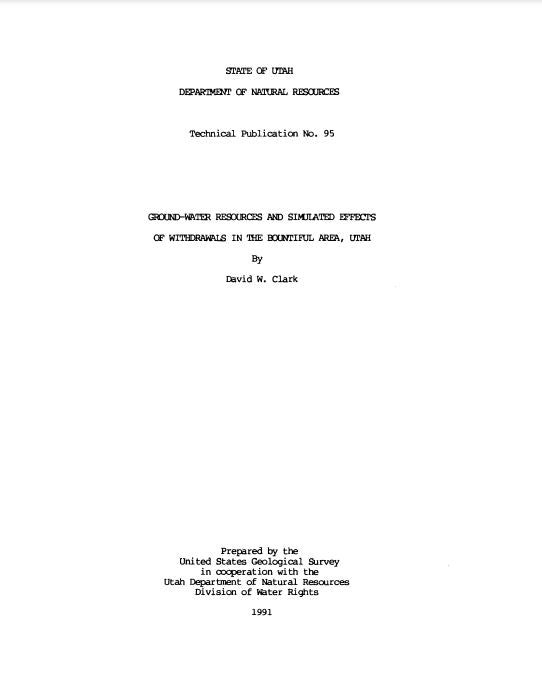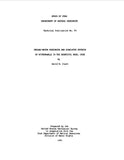Ground-water resources and simulated effects of withdrawals in the Bountiful Area, Utah (TP-95)
Ground-water resources in the Bountiful area, Utah, were studied to document changes in ground-water conditions and to simulate the effects of increased ground-water withdrawals and changes in recharge. The aquifer system is in basin-fill deposits and is primarily a confined system with unconfined parts along the mountain front.
Recharge to the aquifer system was estimated to range from about 22,000 to 32,000 acre-feet per year during 1947-85. Discharge was estimated to range from 26,000 to 30,000 acre-feet per year during 1947-85.
Long-term trends of ground-water levels indicate a steady decline at most observation wells from 1952 to 1962. Importation of surface water for irrigation in 1962 resulted in decreased ground-water withdrawals, causing water levels to rise. Water levels fluctuated from 1962 to 1985, depending on changes in withdrawals and precipitation.
A computer model of the aquifer system was constructed and calibrated using water-level data from 1946 and changes in ground-water withdrawals from 1947-86. Simulations of aquifer responses to projected withdrawals were based on a 50-percent increase in the 1981-85 rate of municipal and industrial withdrawals for 20 years using both average and less-than-average recharge rates. The simulations indicated water-level declines between 5 and 50 feet; a decrease in natural discharge to drains, by evapotranspiration, and to Great Salt Lake; and a decrease of ground water in storage after 20 years between 25,000 acre-feet using the average recharge rate, and 70,000 acre-feet using the less-than-average recharge rate.
Additional Information:
Published: 1991Pages: 64











